Vodafone launched the much-heralded but also controversial 5G network today, and Witchdoctor’s tech editor PAT PILCHER got to try it out for himself.
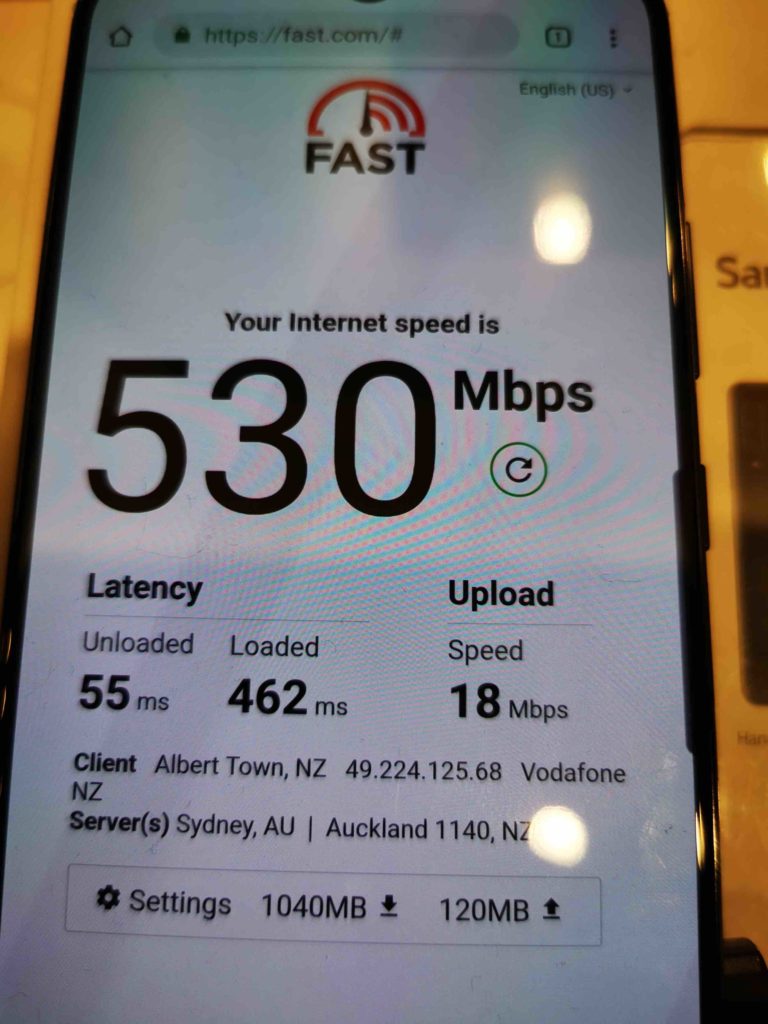
After committing to a December 5G launch back in August, Vodafone has delivered. They switched on their new network at a ceremony in Wellington today which saw 100 5G cell sites go live in Auckland, Wellington, Christchurch and Queenstown.
Testing a Samsung 5G A90 phone at the event, I was able to get an impressive 580Mbps download speed. The sheer speed improvement over 4G is nothing to sneeze at, representing anything up to a 10-fold increase. Overall, performance is expected to be similar to Vodafone’s 5G network in the UK.
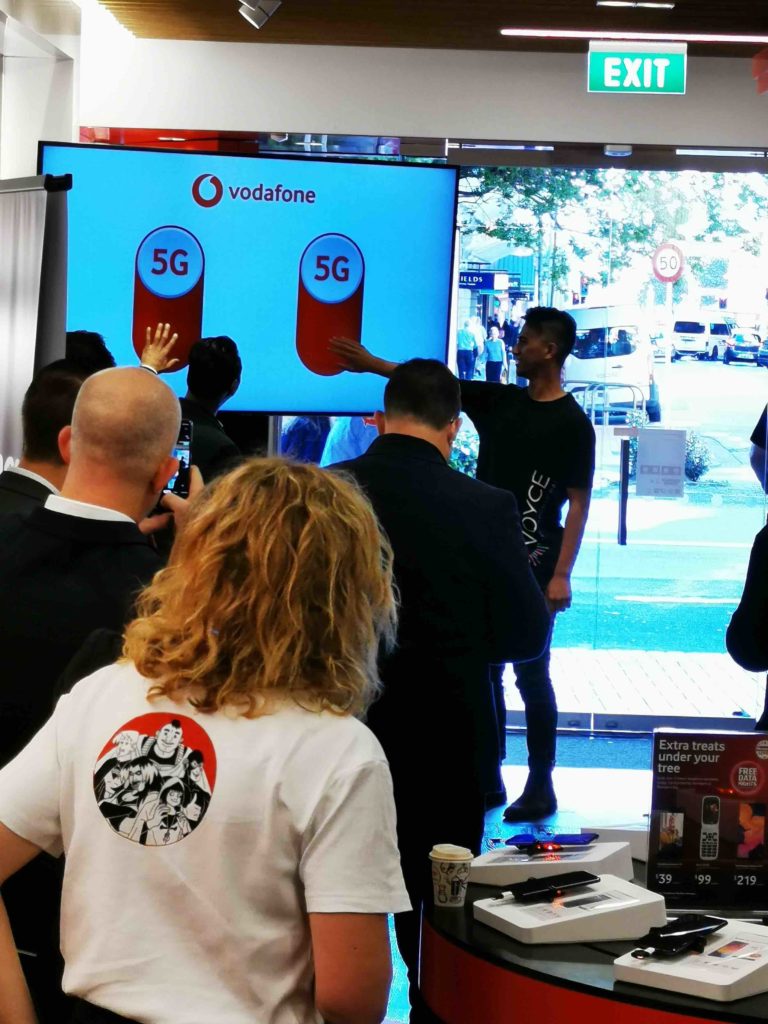
While 5G performance is a big step up already, Vodafone says they aim to have over 1500 5G cell sites and that this will see them offering gigabit download speeds. Vodafone’s technology director, Tony Baird, said Vodafone will need more radio spectrum to provide that level of performance.
While details around 5G plans have yet to be fully confirmed, it does appear that after a free six-month period Vodafone will charge a $10 monthly surcharge on 5G plans. Vodafone had a similar charge in place when they launched 4G, but stopped it once Spark’s 4G network went live. Anyone wanting to experience 5G will also need to purchase a 5G capable phone (at the time of writing, Vodafone is offering Samsung’s 5G Note 10+, which retails for $2199, and the Galaxy A90 5G which sells for $1399).
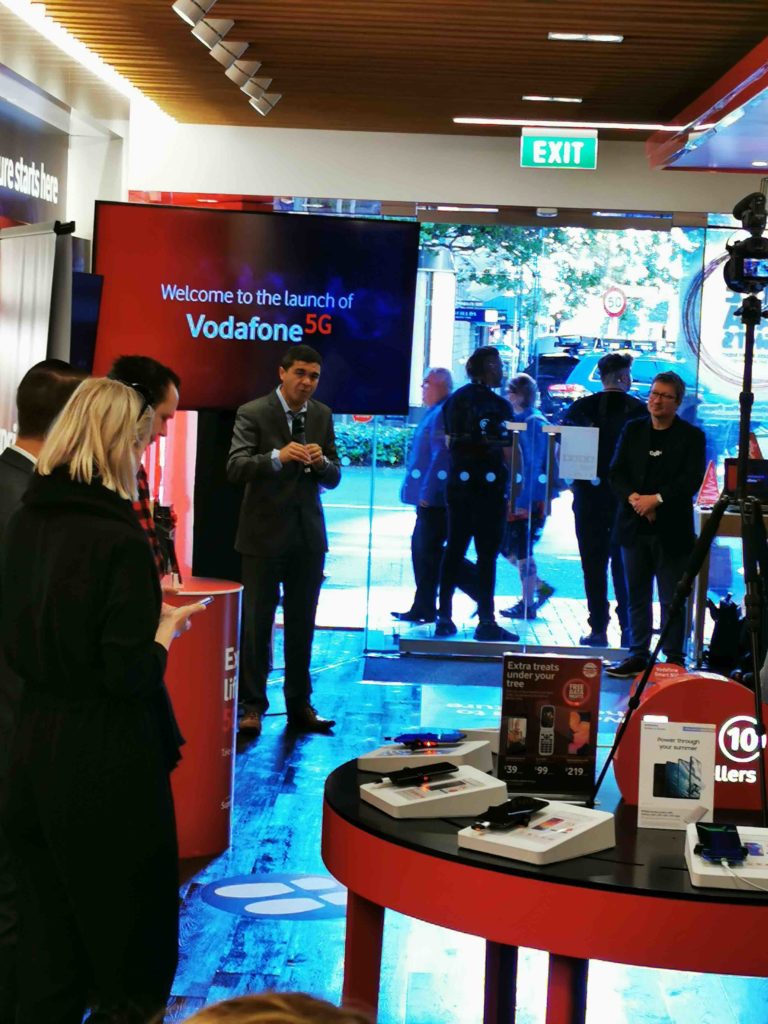
While competition from Spark (and longer-term, 2Degrees) could see Vodafone sharpening their pencils and scrapping the surcharge, Vodafone still needs to recoup the $50 million spent so far on building out 5G.
Vodafone NZ has managed to be the first telco off the starting blocks with 5G as it owns spectrum in the 3.5GHz band, which is supported by 5G capable phone manufacturers.
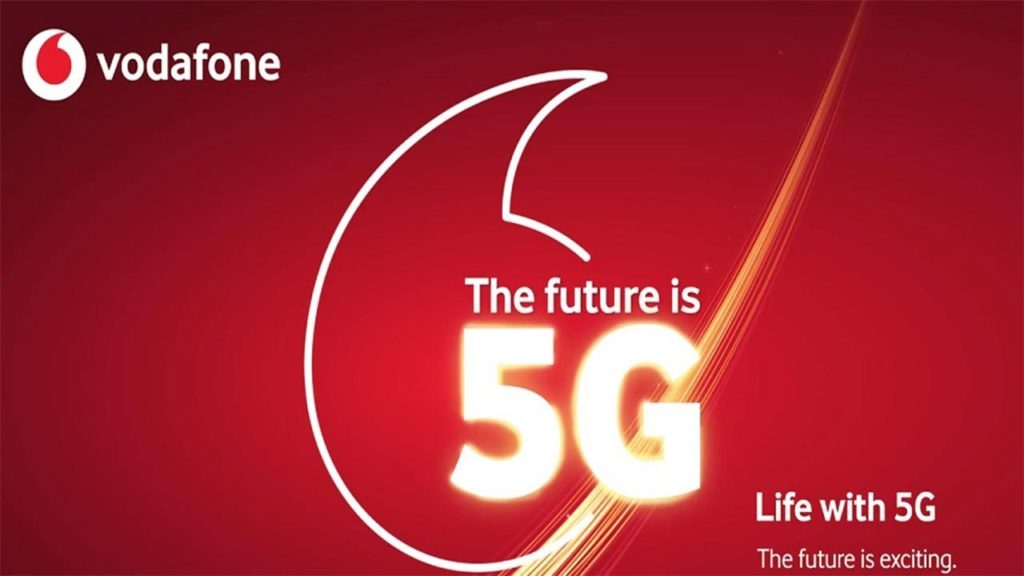
Over the short term, 5G is expected to be a game-changer for rural and small-town New Zealanders for whom fibre broadband isn’t an option. By using 5G to supply high-speed data over fixed-wireless broadband, a near fibre experience without the costs of installing fibre is (in theory) possible. Because 5G offers significant improvements in network capacity, 5G fixed wireless broadband is expected to come with sizeable data allowances. Unlimited data allowances could become available as 5G build-outs further increase network capacities. Spark has already launched a 5G fixed wireless broadband service across five South Island towns.
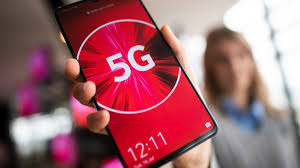
Further out, 5G is expected to deliver a new breed of plug and play technologies. Not only will these widgets be able to take advantage of 5G’s speed, but they could be sold with bundled 5G. This would save a tonne of complexity when it comes to getting them connected and online.
Gee-wiz 5G stuff aside, there has yet to be any organised reaction from anti-5G groups, who despite a mounting body of peer-reviewed science debunking fears around 5G persist with anti-5G views.















